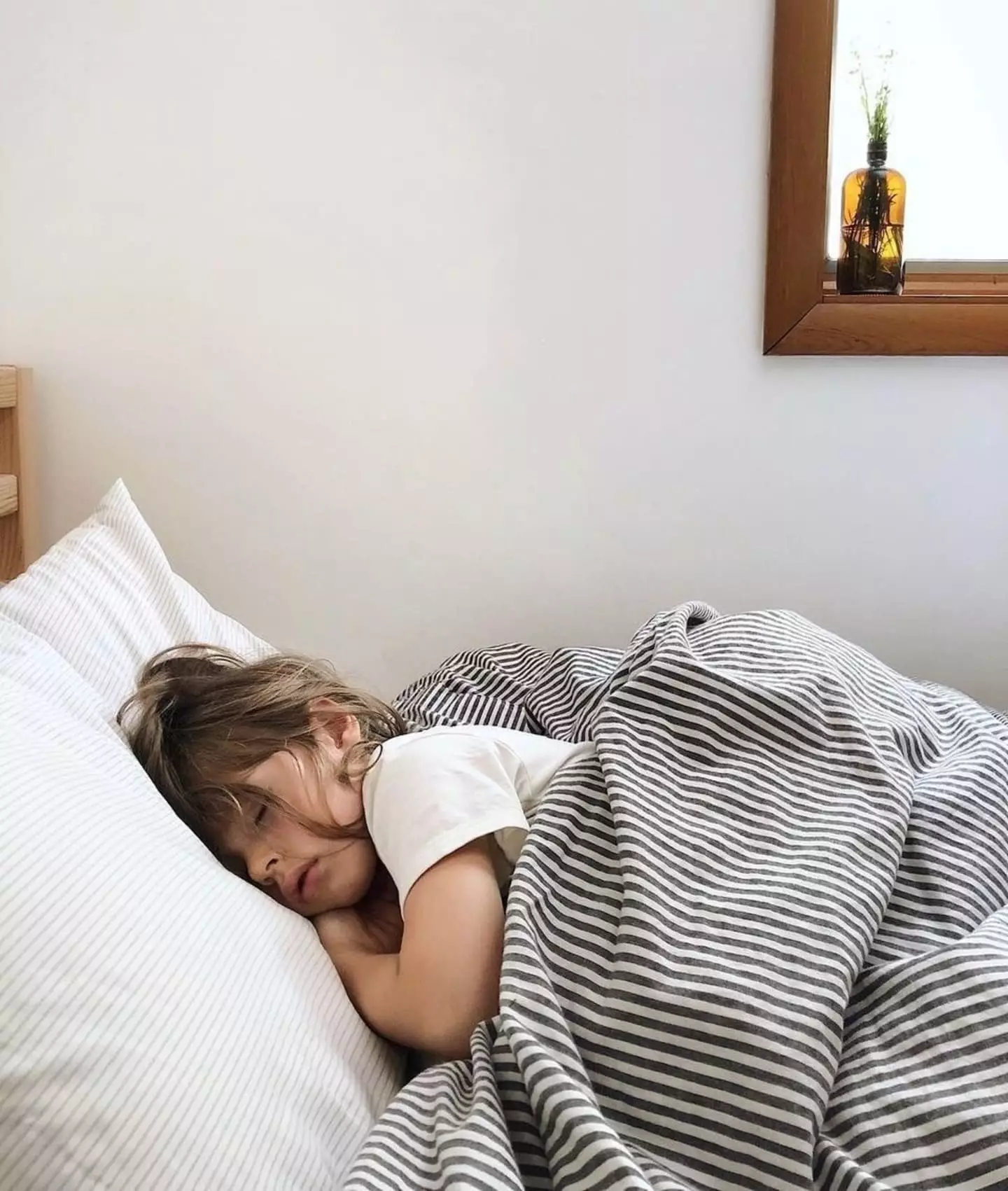Transitioning a child from a crib to a bed is a significant milestone, both for the child and the parents. It’s a time filled with excitement and trepidation, as this change not only signifies growth but also brings new routines and potential hurdles. A successful transition requires patience and understanding, tailored to each child’s unique personality and the environment of their bedroom. Let’s explore strategies to help make this leap an enriching experience rather than a stressful one.
Understanding Your Child’s Readiness
Before diving into the transition process, it’s vital to assess whether your child is genuinely ready to make this shift. Each child develops at their own pace, and while some may eagerly embrace the idea of a big-kid bed, others may feel apprehensive. As a parent, tuning into their emotions and readiness is crucial. Signs such as showing interest in their siblings’ or friends’ beds, attempting to climb out of the crib, or simply voicing curiosity about the “big kid experience” are all positive indicators. If your child appears nervous or disinterested, taking additional time before making the change is entirely appropriate.
Creating a Celebration Around Change
Transitioning to a big kid bed doesn’t have to be a solemn affair. For many children, a celebratory atmosphere can enhance their comfort level with the change. If your child thrives on excitement and engagement, consider planning a “Big Kid Bed Day.” Involve them in selecting their new bedding, picking out decorative items for the room, and even choosing a special stuffed animal or nighttime book that will accompany them on this journey. This process empowers your child by making them feel included and valued in the decision-making process.
While the festivities can spark excitement, it’s essential to prepare for the transition, which could be met with some initial anxiety. Just as adults might feel nervous before a significant life change, so too will your child. Providing a supportive environment filled with love and reassurance can help alleviate fears when moving to the new bed.
Gradual Adjustments: A Gentle Approach
For children who require a slower introduction to change, a gradual approach may be best. Instead of directly shifting to a new bed, consider removing the crib mattress and placing it on the floor. This creates a familiar sleep area that looks and feels similar, offering your child comfort as they adapt. Use guard rails during this phase to mimic the secure feeling of the crib, ensuring safety while allowing freedom of movement.
Once your child shows comfort with this setup, gradually introduce the new bed—starting with a larger mattress, followed by a box spring, and finally the bed frame. By maintaining the same bedding and familiar toys, you can preserve a sense of continuity, allowing your little one to acclimate more comfortably to their new sleeping arrangements.
Incorporating Play and Routine
Interactive engagement can positively influence your child’s adjustment to their new bed. Incorporate activities that are meaningful and familiar, such as reading bedtime stories or performing gentle nighttime routines in the new bed. This practice fosters associations of safety and joy within the new space, encouraging them to view the bed not only as a sleeping area but as a welcoming haven for bedtime rituals.
Additionally, consider setting aside time for your child to play on the bed during the day. This reinforces the idea that their new bed is a fun and enjoyable place, helping to dissolve any apprehensions they may harbor. If your child enjoys a slow acclimatization process, offer them the option to nap in their new bed before committing to overnight sleep.
Recognizing Challenges and Adapting
As with any significant change, it’s not uncommon for parents to face unexpected challenges. Sleep disruptions, such as increased night wakings or reluctance to fall asleep independently, can arise once the transition has begun. Rather than seeing these issues as failures, frame them as part of the evolution of parental guidance. It’s essential to approach each challenge individually, maintaining an adaptable mindset.
If you’ve made the switch but find your child struggling significantly, it’s perfectly okay to revert to the crib temporarily. Allowing your child to return to what brings them comfort isn’t a sign of defeat; it’s an indication of sound judgment. Life is about progression, not a linear path, and every child navigates these changes uniquely. Should the crib be needed for a new sibling, explore alternative options like a cradle or portable crib.
In the ever-evolving journey of parenthood, transitioning your child to a big kid bed is one of many pivotal moments. With patience, celebration, and individualized strategies, this significant leap can transform from a daunting task into a cherished milestone. Embrace the journey, and relish the joy of watching your child grow and thrive.

